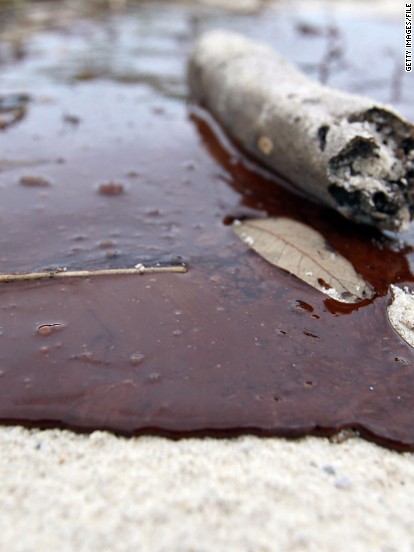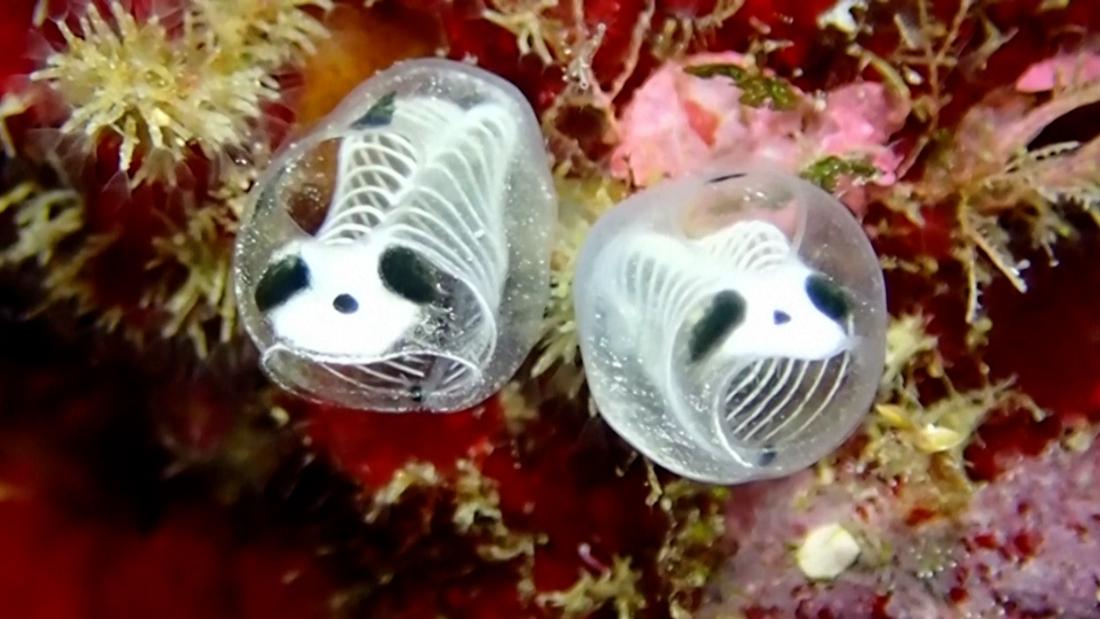SWARMS of jellyfish “the size of dustbin lids” have been spotted washing up along UK beaches – and experts say even more could arrive as temperatures soar to 33C.
Beaches across North Wales are currently being hit by swarms of giant barrel jellyfish, some growing to nearly a metre across.
Dawn Roberts/Daily Post WalesSeveral large barrel jellyfish have been photographed on the sand at Colwyn Bay beach, Conwy, in recent weeks[/caption]
Visitors and locals are being urged to take extra care as marine heatwaves draw not only bigger but also more dangerous jellyfish closer to the UK’s shores.
Social media has been flooded with photos showing huge jellyfish along Gwynedd’s west coast, with recent sightings in Conwy and Rhyl, Denbighshire.
On July 7, Lisa Whittaker from Manchester discovered several washed up at Rhos-on-Sea beach.
Valiantly trying to return one to the water, she soon realised it was likely already dead.
“Never in my life have I seen one like it – and probably never again,” she said.
The recent marine heatwave is being blamed for the surge in sightings.
Sea temperatures in parts of the Celtic Sea, English Channel and southern North Sea are currently 1.5C to 3C higher than normal – more like August than early July, according to the Met Office.
Marine experts fear this warming is not just a one-off.
Frankie Hobro, director of Anglesey Sea Zoo, warned: “We’re now turning on our water chillers in May.
“Ten years ago it was in July. Not only are we starting them earlier, we’re having to keep them going for longer.”
She believes the jellyfish aren’t getting bigger, but more of them are coming closer to shore.
“They are always big specimens out in deep waters,” she said.
“But as the sea warms they’re venturing closer to coastlines, and so we’re seeing more of these bigger jellyfish washing up.”
With beaches busier than ever during summer heatwaves, more sightings are being reported.
“With more people going to the coast, and swimming in our waters, it’s inevitable that more specimens will be seen,” she added.
While barrel jellyfish are mostly harmless – delivering a mild sting at worst – others are far more dangerous.
Frankie is particularly concerned about rising numbers of Portuguese man o’ war jellyfish.
What is the Portuguese man o’ war?
THE Portuguese Man O’War, often mistaken for a jellyfish, is actually a siphonophore – a colony of specialised organisms working together.
Known for its deadly sting, this marine menace has tentacles that can stretch up to 30 feet and deliver excruciating pain and permanent scarring.
In rare cases it can even cause death, particularly in individuals with allergies.
Its vivid blue, purple, and pink hues serve as a natural warning to keep away.
Although typically found drifting through the open waters of the Atlantic Ocean, sightings in the Mediterranean – especially around Mallorca and Menorca – have led to temporary beach closures in recent years.
The Man O’War is a carnivorous predator, using its venom to paralyse small fish, shrimp, and plankton before dragging them into its digestive polyps.
Despite its fearsome defences, it does have a few natural predators, including loggerhead turtles, blue sea slugs, and the remarkable man-of-war fish, which has evolved to live among its toxic tentacles.
“This was once an occasional visitor, in late August and September,” she said.
“Any that washed up were usually teeny.
“Now they’ve become seasonal visitors, perhaps for several weeks, and we’re seeing them earlier in the summer, pushed up by warmer currents and breezes from the Atlantic.
“They have long tentacles and their stings are nasty, very unpleasant.
“Unlike box jellyfish, the stings are unlikely to be fatal, but Portuguese man o’ war are definitely the second nastiest jellyfish in the sea.”
Frankie is urging beachgoers to be more prepared when entering the sea.
“We’ve always been a bit blasé about swimming or paddling in the sea,” she said.
“Whereas people arriving here from overseas are more used to the dangers and come prepared.
“You can get sunburnt in the water very quickly and, with new threats emerging, my advice would be to always cover up.”
She recommends UV-protective rash vests and swim boots to avoid stings from jellyfish or weever fish.
Frankie warned that jellyfish stings are most likely in the surf zone, especially on the ankles – and old remedies like peeing on the sting can actually make it worse.
Instead, apply vinegar or lemon juice, and use a credit card to scrape off any remaining tentacles. Ice and anti-histamines can help with the pain.
She added that jellyfish are sensitive to touch and can sting if handled, so it’s best to avoid contact altogether.
With marine life shifting rapidly due to climate change, Frankie warns this is just the beginning. “Triggerfish, pufferfish, sunfish – even the Shortfin mako, the world’s fastest shark – are making themselves more at home in UK waters,” she said.
As Britain’s seas warm up, holidaymakers may need to start treating our coastlines with the same caution as tropical ones.
And it’s not just North Wales feeling the sting.
Across the UK and even abroad, jellyfish sightings have been making headlines, with experts and beach patrols issuing warnings as unusual species wash up in growing numbers.
In Cornwall, thousands of venomous Mauve Stingers with 10ft tentacles caused what locals described as “apocalyptic scenes” as they washed ashore.
Meanwhile, in other coastal resorts, beachgoers were warned after deadly Portuguese man o’ war jellyfish were found on the sand, prompting safety cordons and urgent alerts.
Experts have also flagged a rise in Compass, Lion’s Mane, and Moon jellyfish across the south coast as sea temperatures climb.
What to do if stung by a jellyfish
Cornish Watersports issued the following advice on Facebook after thousands of the stinger jellyfish washed up:
1. Rinse the affected area with seawater (not freshwater)
2. Remove any spines from the skin using tweezers or the edge of a bank card.
3. Soak the area in very warm water (as hot as can be tolerated) for at least 30 minutes – use hot flannels or towels if you cannot soak it.
4. Take painkillers like paracetamol or ibuprofen.
5. Obviously, if you are prone to have an allergic reaction to any stingers go straight to A&E.
Cornwall Watersports also advice that those who get stung call NHS 111 for further advice.
Lisa Leetz WhittakerJellyfish are sensitive to touch and can sting if handled, so it’s best to avoid contact altogether[/caption] Published: [#item_custom_pubDate]














































































































